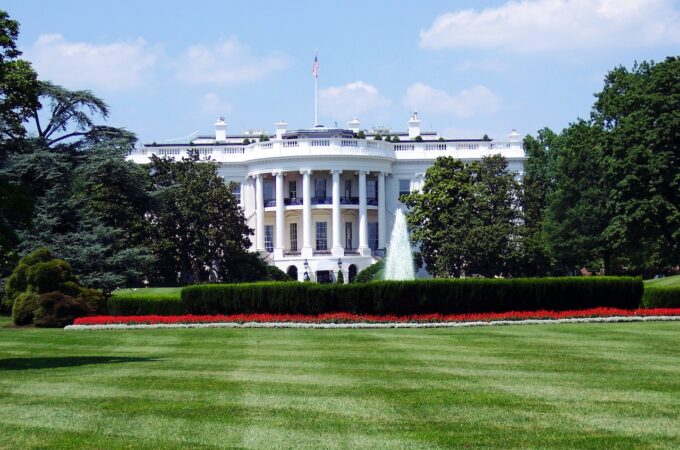
SG-FORGE Expands EURCV Stablecoin to XRP Ledger, Betting on Cross-Border Payment Efficiency
Societe Generale-FORGE (SG-FORGE), the digital assets arm of French banking giant Societe Generale, has announced plans to deploy its MiCA-compliant euro stablecoin EURCV on the XRP Ledger (XRPL) in 2025. This move marks the third blockchain integration for EURCV, following its initial launch on Ethereum and planned expansion to Solana.
The strategic expansion aims to leverage XRPL’s technical capabilities, including its ability to process transactions within 3-5 seconds and handle up to 1,500 transactions per second. Since its inception in 2012, XRPL has demonstrated significant traction, processing over 2.8 billion transactions and supporting more than 5 million active wallets.
“The XRP Ledger is the ideal platform to complement our existing deployments due to the combination of speed and cost-efficiency,” said Guillaume Chatain, Chief Revenue Officer at SG-FORGE. “Our decision to launch this stablecoin on this blockchain was driven by our desire to offer next-generation, compliant digital assets that promote transparency, security, and scalability.”
The expansion comes as EURCV seeks to gain broader market adoption. Currently, the stablecoin has a relatively modest market capitalization of €38 million, competing in a space dominated by dollar-pegged alternatives like Tether’s USDT ($126 billion) and Circle’s USDC ($37 billion). In the euro stablecoin market, EURCV faces competition from Circle’s EURC, which maintains €92 million in circulation.
The implementation will utilize Ripple Custody solutions, formerly known as Metaco, for token issuance. Markus Infanger, SVP at RippleX, emphasized the significance of bringing banking-grade stablecoins to XRPL: “Bringing trusted, banking-grade stablecoins like EURCV onto the XRPL is critical to enabling institutional use cases, like payments, which is a core focus for Ripple.”
The move represents a notable shift in the institutional adoption of public blockchain networks, particularly for regulated financial products. As the deployment awaits final technical integrations, it signals growing confidence in blockchain technology’s role in modernizing cross-border payments and financial services.





